READY TO GET STARTED?
REQUEST A FREE ESTIMATE
Fill out the form below or call (888) 466-7849 for a free, no-obligation estimate.
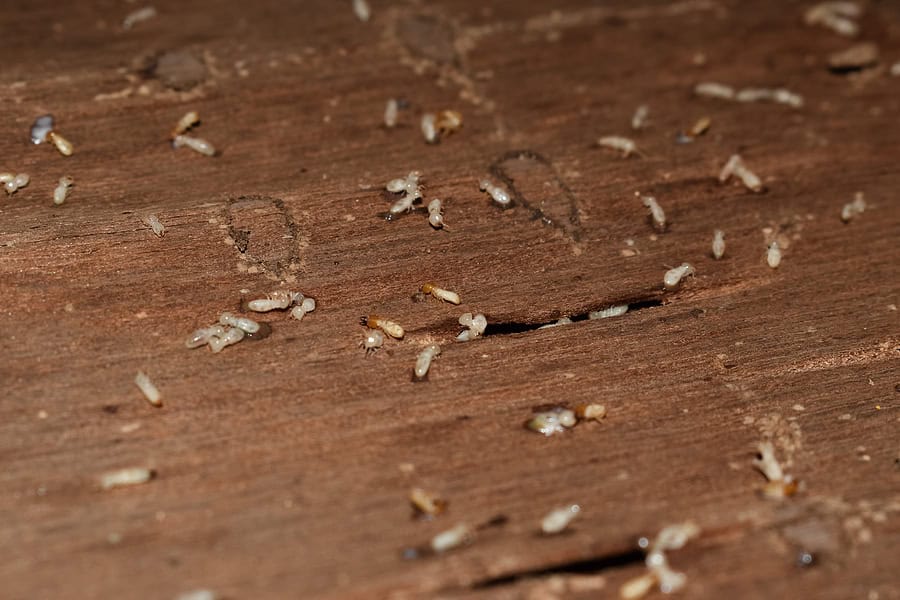
Termites thrive in warmer weather and are known to create extensive damage to your home if not managed properly. This makes Florida’s warm and humid climate a hotspot for termite activity! In our sunshine state, the most common types of termites are drywood and subterranean termites. Let’s breakdown the difference between these two termite species and how you can prevent these pests from infesting your home.
It’s important to understand the difference between drywood termites and subterranean termites to properly treat and prevent them.
There are several do-it-yourself prevention tips that you can utilize to prevent both drywood and subterranean termites. Consider the following:
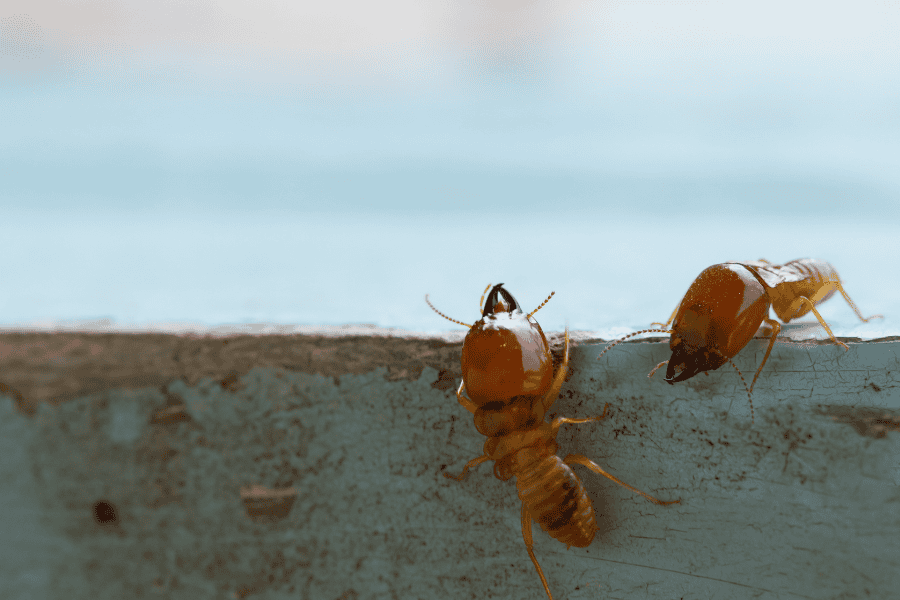
Termites are one of the most destructive pests, capable of causing significant damage to commercial properties. Their ability to silently infiltrate and compromise the structural integrity of buildings makes them a serious threat. Effective termite control is essential to protect your investment and ensure the safety of your property. Explore the importance of termite control for your business, the types of termite infestations, and the best strategies for effective termite management.
Termites can cause extensive damage before their presence is even detected. They feed on wood and other cellulose materials, weakening the structure of buildings and potentially leading to costly repairs. For commercial properties, this not only affects physical integrity but also can disrupt business operations and impact your reputation.
Regular termite inspections and proactive control measures are crucial in preventing infestations and mitigating damage. By understanding the signs of termite activity and implementing effective control strategies, you can protect your property and avoid the significant costs associated with termite damage.
There are several species of termites, but the most common ones that affect commercial properties are:
Detecting termite activity early is critical for effective control. Here are some common signs to watch for:
While DIY methods can offer temporary relief, professional pest control services provide comprehensive and long-term solutions. A qualified commercial pest control company can:
Effective termite control is essential for safeguarding your commercial property from the destructive impact of these pests. By understanding the types of termite infestations, recognizing signs of activity, and implementing comprehensive control strategies, you can protect your investment and maintain a safe, functional property. Be sure to call a pest management team near you for a free, personalized, no-obligation quote!
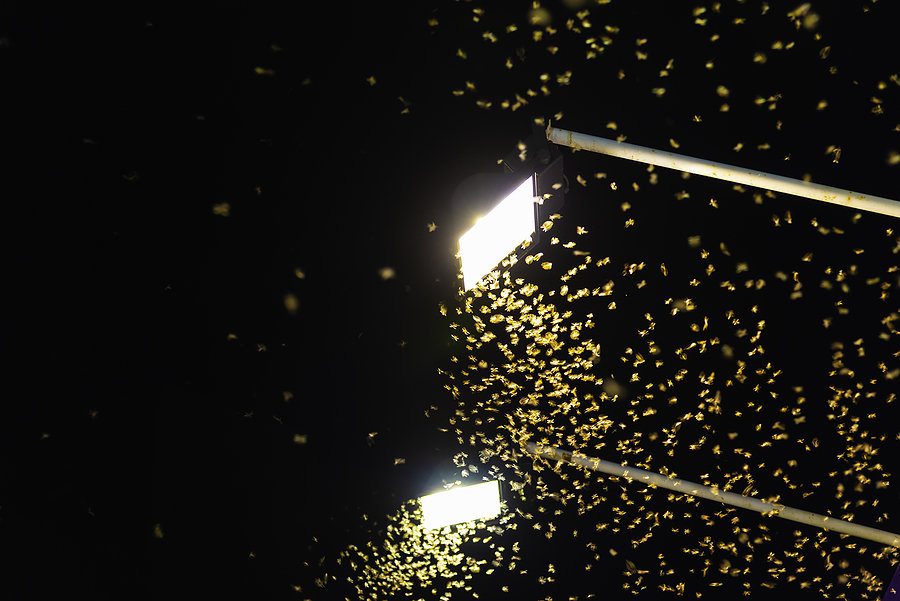
Swarming termites, or alates, are often seen in the spring and summer months. While they might seem alarming, these pests do not bite, sting, or chew wood. Instead, swarming termites indicate they an established termite colony is close by, which can be problematic for your home and family. But when does swarming season begin and how do you know if termites have invaded your Florida property? We breakdown what you should know about termite swarms.
Swarming season often depends on the type of termite; however, in Florida we have two common termites to lookout for: subterranean and drywood termites. Subterranean termites swarm during the spring and early summer months. Drywood termites tend to swarm in the late spring to end the summer. Termite swarms are also determined by weather, with rainstorms and overcast increasing swarm activity.
Termites swarm to both reproduce and expand their colony. Once a colony has reached its capacity of termites, the swarming process begins, leaving their existing one to start a new. The number of termites that will swarm will often depend on the type of termite species and colony size.
Preventing swarming termites starts with preventing termite colonies from establishing. There are several preventative measures you can place at your home to avoid termite swarms and keep termites from establishing, including:
If you suspect swarming termite activity nearby or a termite infestation at your home, it’s best to call your local pest control company for help. Termite professionals will give you a thorough evaluation and the best termite treatment and prevention plan.
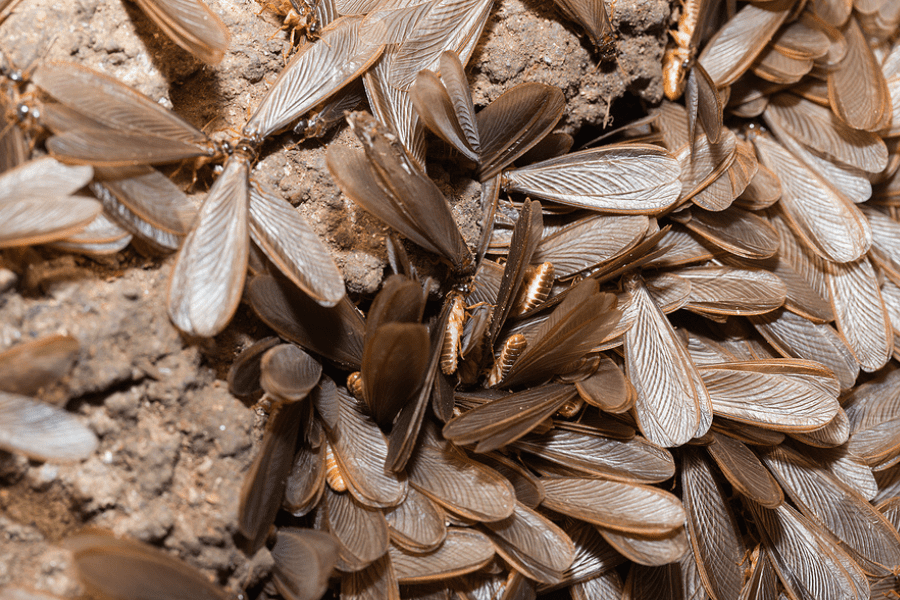
The new year has begun and although the weather is chilly now, the luxuries of living in the south typically means that warmer weather appears sooner than later. This means that termite swarming season is just around the corner, with the earliest swarms beginning in February. Let’s break down what to expect this swarming season.
Termite swarmers, often mistaken for winged ants, are most active during the spring months, when they fly away from their colony to reproduce. These swarmers are attracted to bright, light areas often seen around doors and windows in homes. Fortunately, they don’t cause wood damage, but seeing a group of them around your property typically means a colony is nearby.
The southeastern region of the United States is home to a variety of termites, including the subterranean, drywood, and Formosan species. Subterranean is the most common type of termite found in the southeast. They live underground in colonies that can get up to two million members. They are also known to be found in moist, secluded areas above ground. With their hard, saw-toothed jaws that work like shears, they are known to cause significant damage to properties.
If you suspect termite swarming activity or just want to get a step ahead at termite prevention, contact your local pest control company and schedule your free inspection.
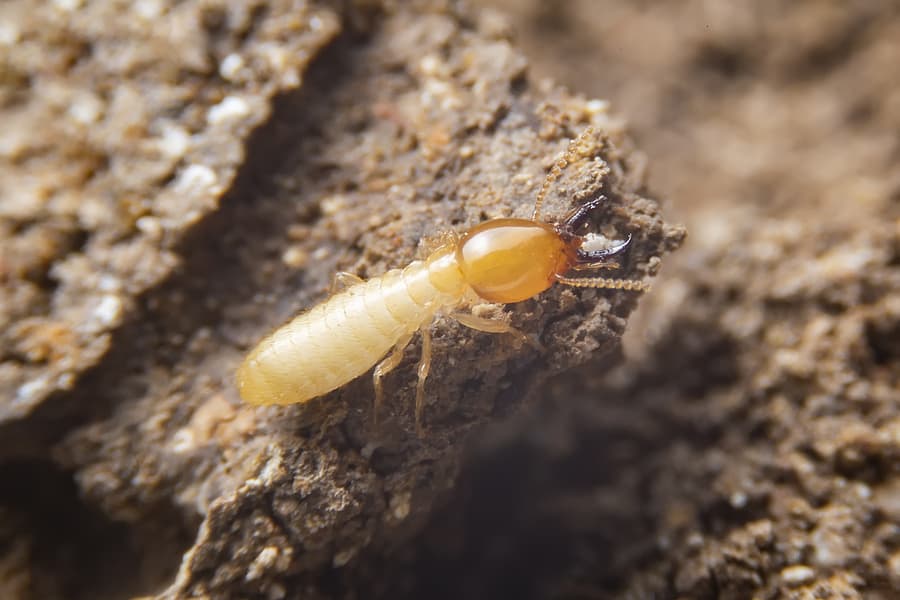
Termites are year-round pests, causing structural damage to homes and properties. The Miami-Gardens climate is hot and humid, the perfect conditions for termites. Every homeowner should implement termite control by placing certain preventative measures throughout their property to help avoid a termite infestation.
One of the most common termites in the U.S. is the subterranean termite. These termites live in colonies underground and will build mud tubes to reach food above the ground. They will often create contact between wood and soil in crawlspaces or areas underneath your home for an entry point.
Throughout your property, make sure that you keep all lumber, wood, and mulch away from your foundation. If you are utilizing firewood, look to place it at least 20 feet away from your home, raised about 8 inches off the ground and stored in plastic containers with lids. If you have a wood fence near the home, make it a routine to check for rotted or infested wood.
Most termite species need moisture to survive, often looking to our homes to find it. To help reduce the risk of termites infesting your home, reduce moisture inside and outside. Check that your gutters and downspouts are pointing away from your foundation. If you’re using a sprinkler, make sure it isn’t spraying on your home. Look inside your home for any plumbing leaks; don’t forget to check your crawlspace for leaks too. Consider investing in crawlspace enclosure, as this will reduce moisture, decrease humidity, prevent mold, avoid wood rot, and prevent termite infestations.
Termites can be hard to spot on your own. These pests can go undetected for long periods, causing significant damage before you realize they’ve been there. Consider reaching out to your local Miami-Gardens pest control company which can perform an annual termite inspection. These professionals can identify signs of termites and take quick action for termite treatments to avoid a full-blown infestation. Even if you don’t suspect you have termites, it’s always a good idea to get ahead of the game when it comes to protecting against termites.